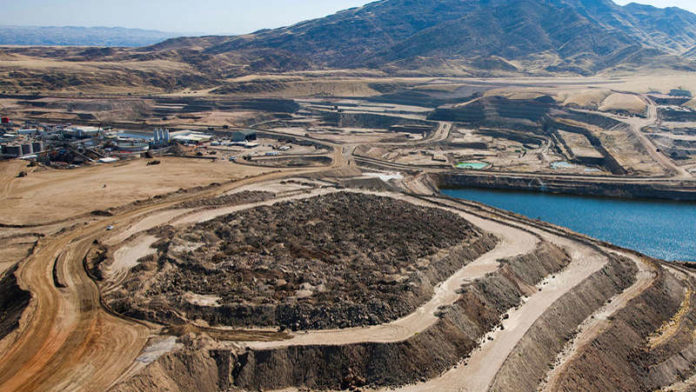
THE Langer Heinrich uranium mine in Namibia is to get a new lease on life after Paladin Energy announced plans to restart production at a capital cost of $81m.
“The completion of the Langer Heinrich Mine Restart Plan is a significant step forward for the company and completes the vast amount of study work undertaken over the past 18 months,” said Ian Purdy, CEO of Paladin.
Paladin mothballed the mine in 2018 amid a declining uranium price, but the company had been in trouble before that date. In 2014, it hatched a plan to sell a one quarter stake in the mine to China National Nuclear Corporation. The transaction was not completed.
Founder and long-standing CEO, John Borshoff, lost control of the company in 2015 hastening in a period during which it welcomed and bid farewell to two CEOs before current management was appointed.
Today’s reopening proposal for Langer Heinrich comes on the back of a near one-third lift in the uranium price since January, a development Purdy said was illustrative of the structural deficit in the uranium market.
The plan is to take mine uranium for a seven-year period up to a peak of 5.9 million pounds – more than the five million pounds annually the mine previously produced. This will be followed by treatment of stockpile for a further eight years.
Of the proposed capital cost, $34m will be for ‘operational readiness’ which allows for the mobilisation of the work force and working capital for production. A further $47m in discretionary capital will be spent which will be pointed towards process improvements.
Production, however, will only resume when Paladin has secured short-term offtake agreements. The company has about $35m in cash. Paladin said Langer Heinrich’s costs were in line with tier one level rivals.
In a prepared presentation, Paladin said that the spot price for uranium had fallen 60% since the Fukushima nuclear accident in Japan in 2011. Since 2016, there had been 45 million pounds a year in production cut-backs, excluding disruptions caused by COVID-19.
“Current pricing remains sub-economic for existing producers and below incentive pricing for suspended operations,” the company said.











